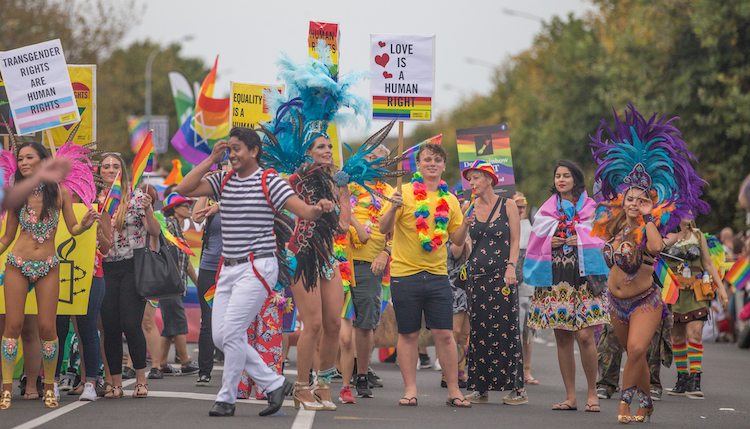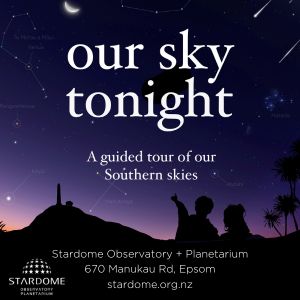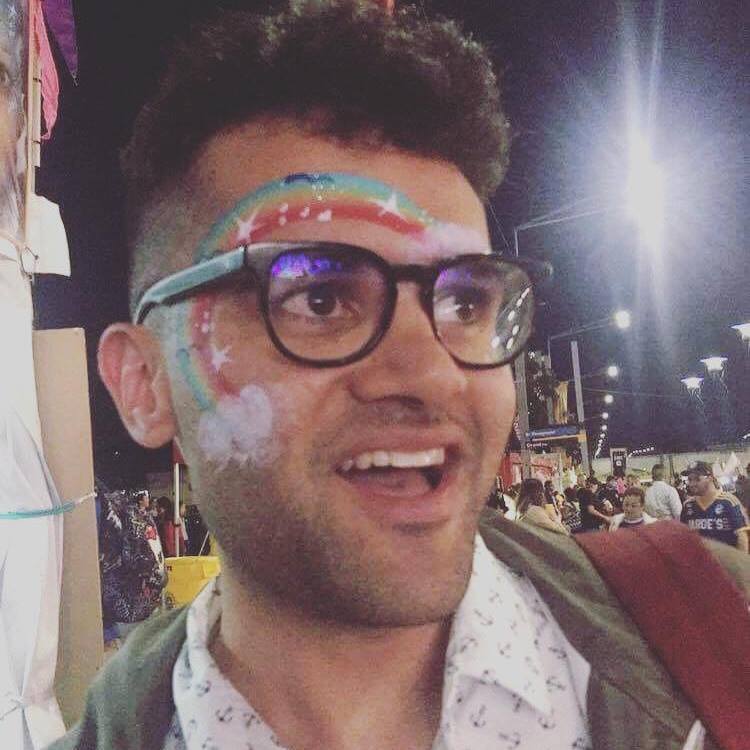The uniformed police ban was phase one in a campaign to sabotage the Auckland Pride parade as we know it.
For the past six years, New Zealanders from across the LGBT spectrum have gathered along Ponsonby Road in February to celebrate our community and our achievements. It’s been a celebration of the right to be who we are, love whom we want and the values of inclusion and diversity.
But not everybody has supported our right to do this. We always knew of the conservative Christian opposition, but those most fiercely opposed were, in fact, individuals masquerading as members of our community.
For the past six parades, occasional protests aside, this group largely sat on the sidelines watching on in horror as corporations and institutions they hated lined up to show their solidarity for the LGBT community and the values that Pride espoused.
This small fringe group have rallied against the progress of the LGBT community. They have actively and quite openly campaigned against the ideas of inclusion and tolerance.
They say Pride cannot be just about celebrating LGBT success and visibility but should be a protest event where grievances must be given priority. The Auckland Pride parade in its current form failed to do that and was an event they believed, needed to be burnt to the ground. For a long time, they were ignored. But in 2018 they would find a Pride board with a freshly appointed chair and members all too willing to help them obtain the match needed to spark the fire that would destroy the sort of parade they all wanted gone.
That match? LGBT Police marching in uniform.
Police have marched in uniform at the Auckland Pride parade for the last three years. A small prison abolishment group known as People Against Prisons Aoteroa (which has nothing at all to do with the LGBT community) have thrown the occasional tantrum about it and in 2015 attempted to storm the parade route to stop the police, but by and large it has not been a major focal point.
It’s unclear how and when this group’s stated objectives to abolish prisons and the police force got caught up with the parade.
The Pride Board say the decision to ban uniformed police was made after a serious of community huis yet one former board member, who attended all four meetings, I spoke to, says the topic didn’t come up at all. Another said it was mentioned at one, but only very briefly.
Hardly the widespread outcry from “marginalised voices” the Pride Board tried to sell to the community after the board announced their ban.
Whether real or not, the board and those seeking to radically change pride had their match.
People Against Prisons Aotearoa for all their extreme demands are small fry.
Sunlight is always the best disinfectant and in time the community will come to see just how absurd this group is. Many of their fringe views (such as an abolishment of police, prisons, opposition to hate crime laws protecting LGBT people and the removal of child sex abuse as a criminal offence among them) would be odious even to those who supported their call for a ban on police in uniform.
Make no mistake, PAPA’s police ban request was merely a means to an end.
Once the main agitators had pushed the ban through the board, there would be no going back.
The ban was met with fierce resistance from the LGBT community and resulted in two board resignations. At first, the board tried to dismiss and deflect the criticism, when it got all too much, however, they said there would be a community consultation called for November 18th.
If there was ever any impression that the board would go into that meeting with an open mind, it lasted all of about fifteen minutes. When asked if there was any possibility of the Pride board reversing its decision in the face of public outrage, Auckland Pride Chair Cissy Rock replied that there was not, at which point a large number of attendees left viewing the meeting as a complete waste of time.
The meeting then rather predictably descended into a farce, with violent scuffles erupting and PAPA unable to provide statistics for police violence against LGBT people that they used to call for the ban in the first place.
Despite the group’s failings to provide actual evidence, the ban would remain in place and phase two of the campaign would begin.
Knowing they had the majority of the community offside, a number of board members, PAPA members and their supporters went on the attack.
The usual trolls came crawling out of the woodwork and all of a sudden, we had a hoard of amateur sociologists on twitter pontificating. They went about telling everyone opposed to the ban that they were stupid, racist or worse and just needed to “read some queer theory” in order to reach their own self-perceived level of enlightenment.
Opponents of the police ban were smeared as ‘elitist’ and ‘right-wing’ who ‘hated people of colour’. This despite the array of ethnic and ideological diversity in the majority opposed to the ban.
Even being a trans woman of colour, a former prostitute and 2014 candidate for Hone Harawira’s Mana Party didn’t get you off the hook, as Georgina Beyer found out when current board member Phylesha Brown-Action took to Facebook to dismiss Beyer’s opposition to the ban. Brown-Action said the world’s first Transgender MP had “done nothing other than peacock” for Trans people and was “blinded by middle class and privileged white folk.”
The fake claim that followed on social media, that there was a “gay white army” coming after supporters of the police ban was beyond ridiculous, yet it was spread deliberately helping to fuel the fire those supporting the police ban had lit. What came next, they were expecting.
As the community descended into civil war, major sponsors and community groups such as Rainbow Auckland decided they had seen enough and began to withdraw their financial backing for the parade.
This, of course, would suit the board’s agenda just fine. Those pushing for the ban on police uniforms knew such a decision would be unpalatable and that corporates would soon jump ship and as they did just that, strategically placed calls for a “more radical pride” grew.
Now the board’s true intentions have become clear.
It has emerged that if the current board is re-elected, next year’s pride parade will be a shadow of what the community is accustomed to. Instead of a procession of flashy floats and community groups marching from three lamps, we will instead see a smaller “more radical” protest action in a park instead.
With the “community not corporates” mantra, a givealittle page has been set up for donations to fund this new vision of Pride. Should the board be retained, the money will go into staging their version of Pride, should the board be voted out, the money will also go with them.
Regardless, using the police uniform ban to divide and conquer looks like a strategy that may well work.
Optimism about saving the 2019 event appears to be on the wane given the sheer number of organisations who have withdrawn their support and the active efforts of non-LGBT activist groups to hijack the democratic process of the upcoming SGM in order to keep the current board.
It is understood that the current total of Auckland Pride members is over 1200, although despite repeated requests Auckland Pride has not confirmed how many of these are members eligible to vote. This number is crucial to ensure a quorum (which must be 25% of total eligible members) for the SGM vote to happen.
This combined with the fact the Pride Board booked a venue with a capacity of only 300 people, makes it look like the Board are doing all they can to stifle democracy and cling to their derided ban on police.
If quorum is not met, then a vote of no confidence in the board cannot take place and the current board will be retained.
It’s an uncomfortable reality for the current board, but Auckland Pride (and its precursor Hero) did not actually have its origins in radical protest, which makes their obsession with a “radical pride” even more bizarre.
This is in contrast to parades in New York (Stonewall) and closer to home, the Gay and Lesbian Sydney Mardi Gras. Sydney provides a striking difference because the original 1978 event was an actual protest in which participants were beaten up by police and thrown in cells. LGBT police now proudly march in the annual parade with the support of the community and many of those original 78ers.
The obsession with turning Auckland pride into some radical queer event as Cissy Rock claims so much of the community now wants is not based on New Zealand’s LGBT history but rather her own fringe ideology.
A fringe ideology, Rock and the Pride board are prepared to sacrifice our entire celebration for.
Photo | Maria Bumanglag.



















